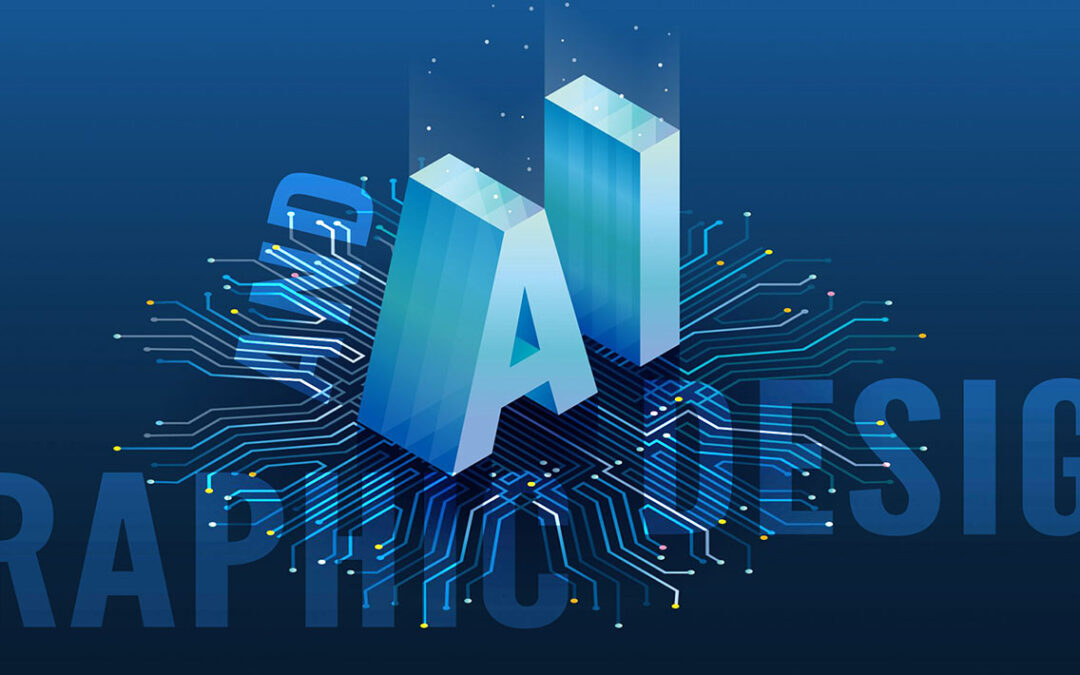The intersection of artificial intelligence (AI) and graphic design holds immense potential to shape the future of the design industry. As AI continues to evolve, it is gradually transforming various aspects of graphic design, challenging designers to adapt and embrace innovation. In this article, we will explore the relationship between AI and graphic designers, examining the impact of AI on design processes, the evolving role of designers, and the exciting possibilities that lie ahead.
- AI-Driven Design Tools: Revolutionizing Creative Processes:
AI-powered design tools are revolutionizing traditional design processes, enabling designers to automate repetitive tasks, enhance productivity, and explore new creative avenues. From generating design suggestions to automating image editing and layout creation, AI can speed up workflows and provide designers with more time for ideation and conceptualization.
- Enhanced Data Analysis and Insights:
AI algorithms can analyze vast amounts of data, providing designers with valuable insights into user preferences, market trends, and design performance. By leveraging AI-driven analytics, designers can make informed decisions, optimize designs based on user behavior, and create personalized experiences that resonate with their target audience.
- Collaboration between Designers and AI:
The relationship between designers and AI is not one of competition but collaboration. Designers can leverage AI as a powerful tool to augment their creative abilities. AI can assist with generating design variations, suggesting color palettes, and even predicting user reactions to design elements. Designers can embrace AI as a partner, utilizing its capabilities to enhance their own expertise and creativity.
- Design Ethics in the AI Era:
As AI increasingly influences design processes, it becomes essential for designers to consider ethical implications. Designers must ensure that AI-driven designs are unbiased, inclusive, and respectful of privacy. They should carefully assess AI-generated outputs and make conscious decisions to maintain human-centric design principles.
- Redefining the Role of Designers:
AI’s integration into graphic design does not render designers obsolete. Instead, it reshapes their role, emphasizing their unique human skills and creativity. Designers will become strategists, curators, and empathetic problem solvers who harness AI to amplify their ideas and bring innovative solutions to life.
- Embracing the Uniqueness of Human Creativity:
While AI can assist with various design tasks, human creativity remains unparalleled. Designers bring a deep understanding of human emotions, cultural context, and aesthetics, allowing them to infuse designs with unique personality and meaning. The future of design lies in harnessing the symbiotic relationship between AI and human creativity to create truly exceptional and impactful experiences.
- Exploring New Design Frontiers:
The integration of AI opens up new design frontiers, such as generative design, virtual reality, and interactive experiences. Designers can leverage AI to create dynamic and adaptive designs that respond to user inputs and environmental factors. This convergence of AI and design presents exciting opportunities for designers to push boundaries, experiment with emerging technologies, and create immersive and engaging experiences.
As AI continues to advance, its impact on graphic design will be transformative. Designers who embrace AI as a powerful ally rather than a threat will be at the forefront of innovation. By leveraging AI-driven tools, analyzing data insights, and redefining their role as creative strategists, designers can unlock new levels of efficiency, creativity, and impact. The future of design lies in the harmonious collaboration between AI and human ingenuity, where designers harness the limitless possibilities of technology to craft meaningful and remarkable experiences for users.

